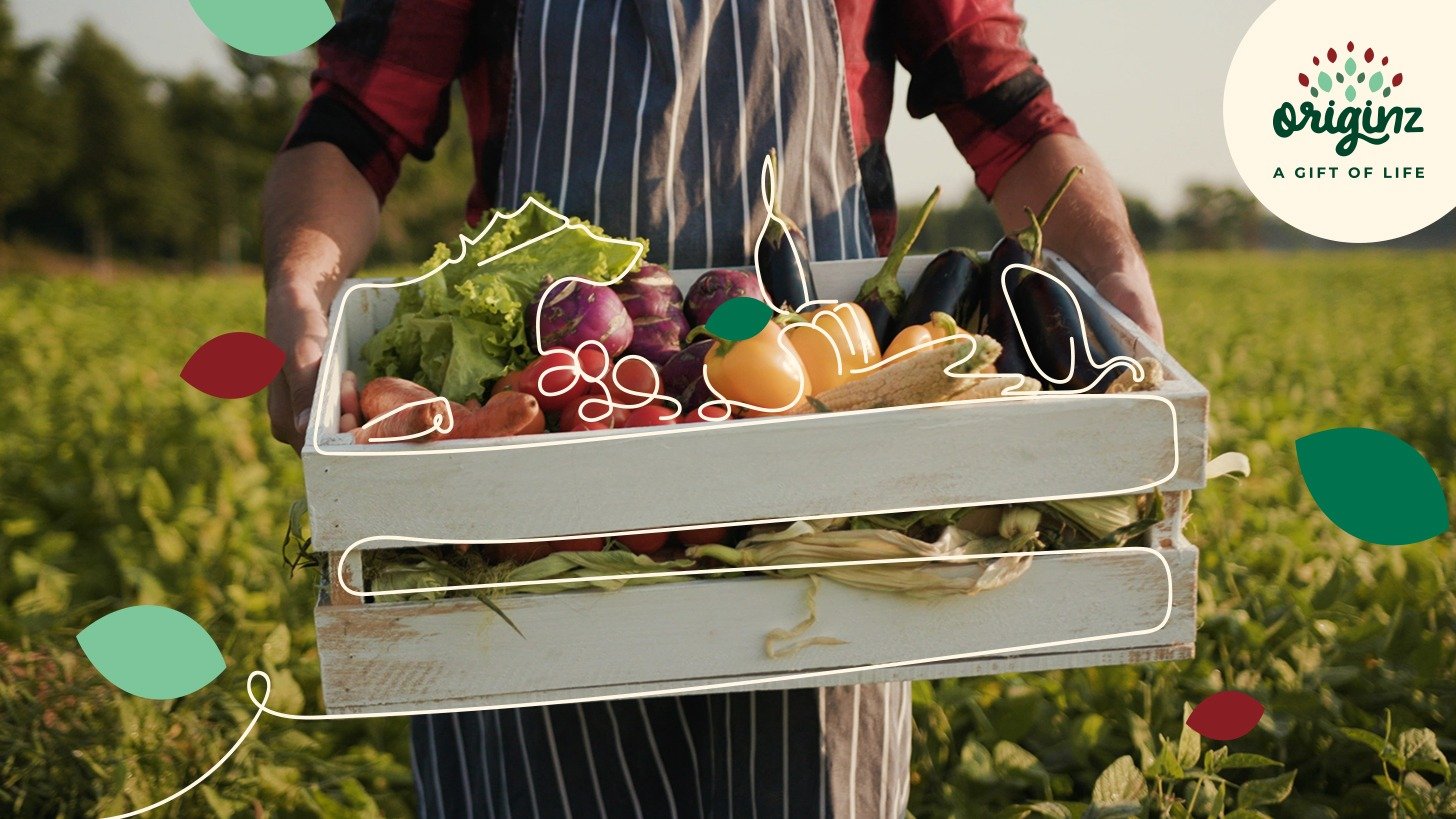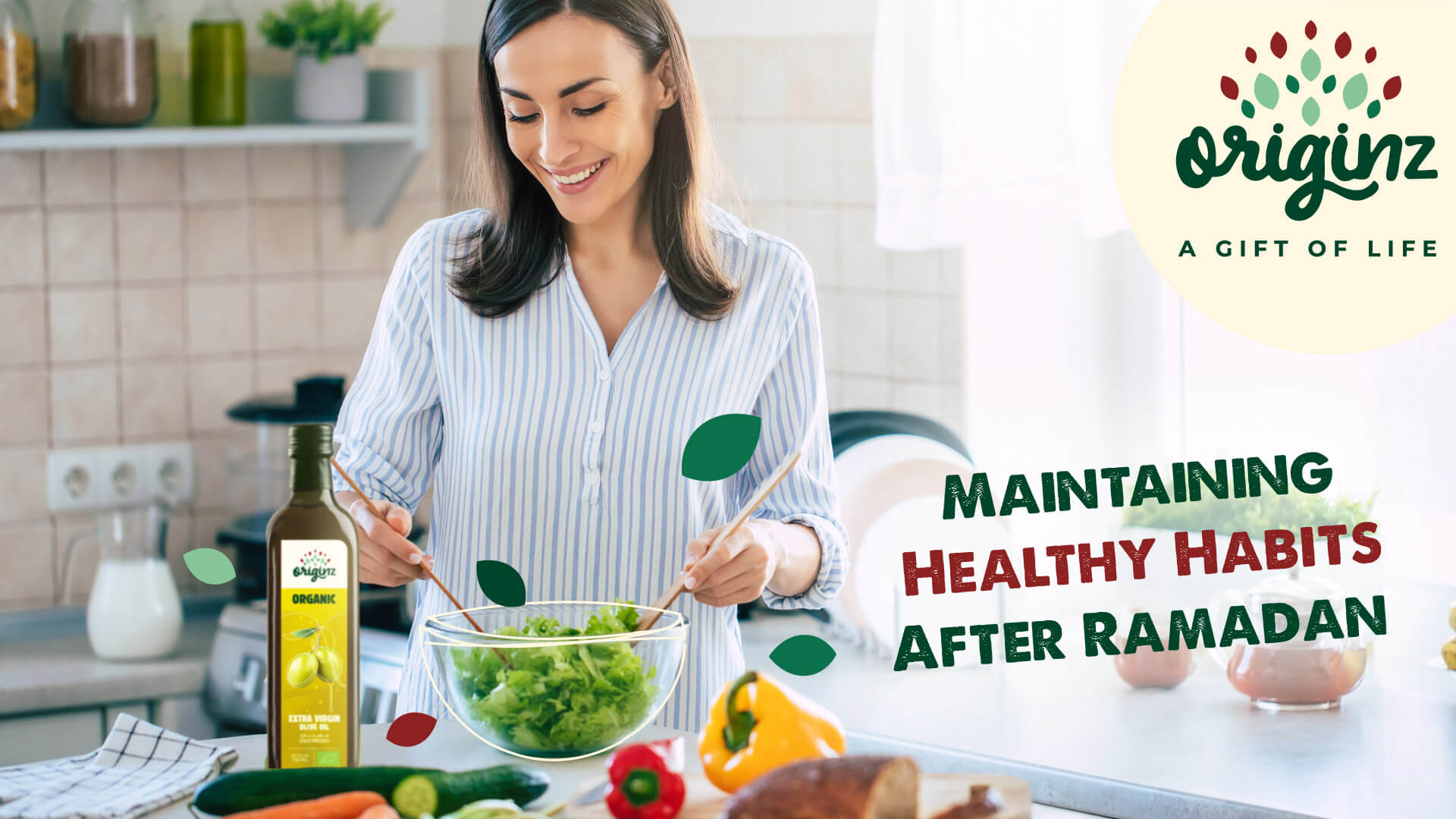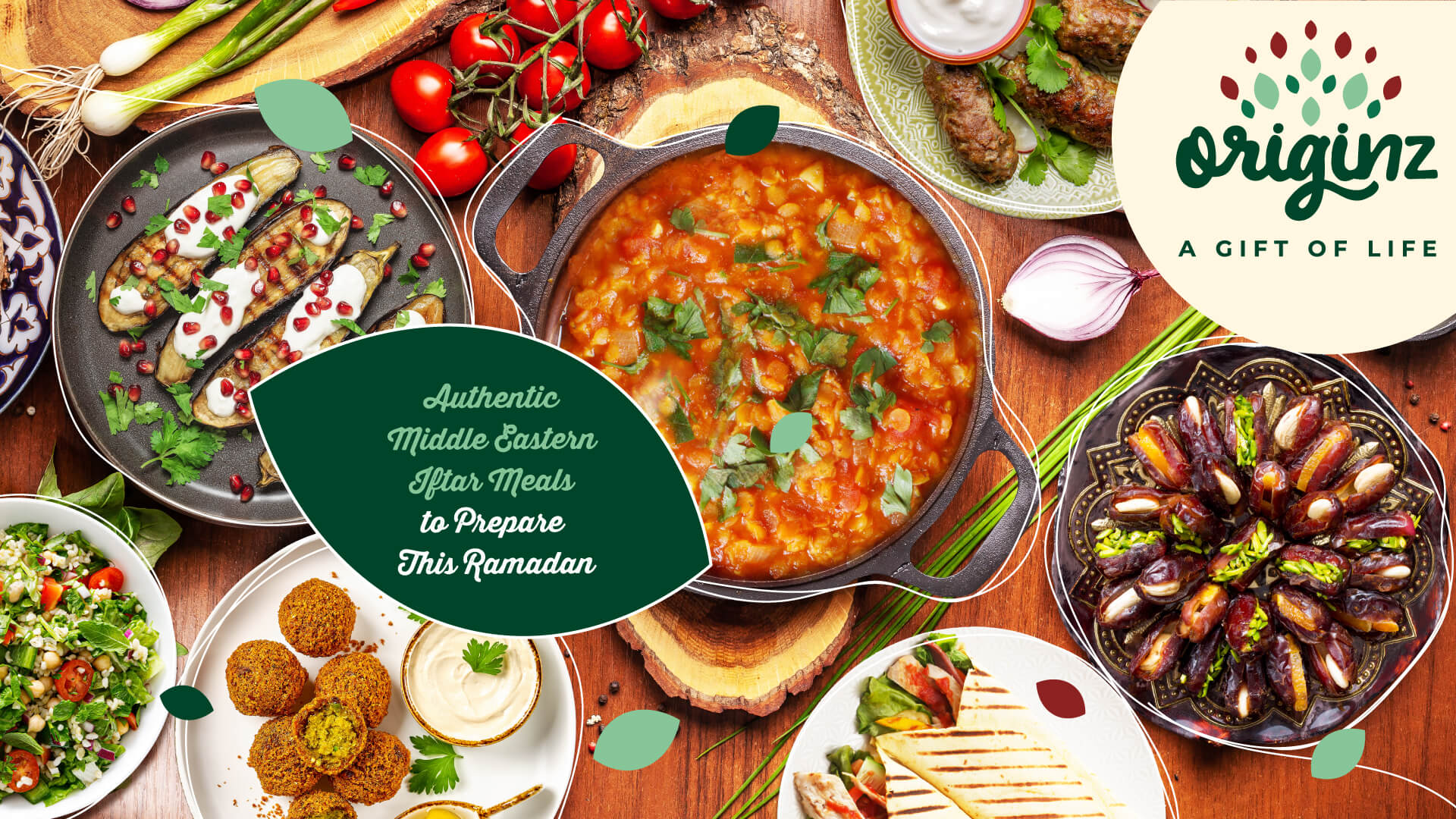
5 Different Methods of Organic Farming
In recent years, there has been a growing interest in organic farming as
people become more conscious of the impact of conventional farming practices on
the environment and their own health. Organic farming involves the cultivation
of crops and the rearing of livestock using natural methods, without the use of
synthetic chemicals or genetically modified organisms (GMOs). This article
explores five different methods of organic farming that are gaining popularity
worldwide.
Polyculture
Farming
Polyculture farming, also known as mixed farming, is one of the most
traditional types of organic farming. In this method, farmers grow a variety of
crops in the same field. By planting different crops together, they create a
natural ecosystem that promotes biodiversity, reduces the risk of pests and
diseases, and maximizes the use of available resources. For instance, some
plants can fix nitrogen in the soil, while others repel pests or attract
beneficial insects. This approach not only produces a diverse range of organic
food products but also enhances the overall sustainability of the farming
system.
Crop Rotation
Crop rotation is another effective method of organic farming. It
involves growing different crops in a specific sequence on the same piece of
land over time. This practice helps break pest and disease cycles since pests
that are specific to one crop may not survive or reproduce when a different
crop is planted. Crop rotation also helps improve soil fertility by alternating
crops with different nutrient requirements, preventing nutrient depletion. For
example, legumes such as beans or lentils can be grown in rotation with grains
to fix nitrogen in the soil naturally. This method not only reduces the need
for synthetic fertilizers but also enhances the organic farming process.
Agroforestry
Agroforestry is a method that combines the cultivation of trees with
crops or livestock. This approach mimics natural forests and provides multiple
benefits. Trees offer shade, windbreaks, and protection against erosion, while
their fallen leaves enrich the soil with organic matter. Moreover, the
interaction between trees and crops can create a favorable microclimate for
both, optimizing resource use and increasing overall productivity. Agroforestry
systems can be designed to accommodate various combinations of trees, shrubs,
and crops, resulting in sustainable organic farming practices that are
ecologically diverse and economically viable.
Vermicomposting
Vermicomposting is a technique that uses earthworms to decompose organic
waste materials, such as kitchen scraps and crop residues, into nutrient-rich
compost. The process involves creating controlled environments where earthworms
can consume the organic matter, digest it, and excrete nutrient-rich castings.
These castings, also known as vermicompost, are a valuable natural fertilizer
that can be used to enrich the soil in organic farming systems. Vermicomposting
not only reduces waste and the need for synthetic fertilizers but also enhances
soil structure and microbial activity, leading to healthier and more resilient
plants.
Aquaponics
Aquaponics is a unique method that combines aquaculture (fish farming) with
hydroponics (soil-less plant cultivation). In this system, fish are raised in
tanks, and the water from the fish tanks, which contains fish waste, is
circulated to grow beds where plants are cultivated. The plants, in turn,
filter the water by absorbing the nutrients from the fish waste, and the clean
water is returned to the fish tanks. This symbiotic relationship between fish
and plants creates a closed-loop system that requires minimal water and
eliminates the need for synthetic fertilizers or pesticides. Aquaponics is a
highly efficient and sustainable method of organic farming that can produce a
variety of organic
food products.
These methods not only help preserve the health of the soil, water, and ecosystems but also produce high-quality organic food products. By embracing organic farming, we can support a more sustainable future while enjoying the benefits of healthy and nutritious food.
In addition to the five types of organic farming mentioned above, there are several other innovative approaches that contribute to the sustainability and success of organic agriculture. Let's explore two more methods that are gaining traction in the field.
Permaculture
Permaculture is a holistic design system that seeks to create
self-sustaining and regenerative ecosystems. It integrates agriculture,
horticulture, and ecological principles to establish productive and resilient
landscapes. In permaculture, the focus is on observing and understanding
natural patterns and utilizing them to create productive and diverse food
systems. By mimicking natural ecosystems, permaculture designs optimize
resource use, minimize waste, and enhance biodiversity. This method encourages
the use of organic farming techniques such as companion planting, mulching, and
natural pest control to create self-sustaining and resilient agricultural
systems.
Biodynamic Farming
Biodynamic farming takes organic farming to a whole new level by
incorporating spiritual, ethical, and ecological principles. It views the farm
as a living organism and emphasizes the interconnectedness of all elements on
the farm. Biodynamic farmers follow a specific set of principles and practices
outlined by Rudolf Steiner, which include using biodynamic preparations such as
herbal sprays and compost preparations to enhance soil fertility and plant
health. This method also emphasizes working in harmony with celestial and lunar
cycles to optimize planting, harvesting, and other farm activities. Biodynamic
farming not only focuses on the organic farming process but also on creating a
harmonious and balanced farm ecosystem.
These additional methods showcase the diversity and adaptability of organic farming practices. Each method offers unique benefits, but they all share a common goal of producing nutritious and environmentally sustainable food. By adopting these methods, farmers can minimize the use of synthetic inputs, reduce environmental impacts, and improve the overall quality of agricultural systems.
Organic Farming in the Middle East
Several countries in the Middle East are making strides in the field of organic farming. A recent government report from the UAE has shown that there are over 40 organic farms in the Emirates alone, and Saudi Arabia is home to the world’s largest sustainable farm, recognised by the Guinness Book of World Records. These farms use organic farming methods including aqua farming to provide quality, locally grown organic produce to the GCC and the wider Arab world.
The uses of organic farming extend beyond the immediate benefits of
producing organic food products. Organic farming practices also help protect
and conserve the environment. By avoiding the use of synthetic chemicals and
GMOs, organic farmers safeguard soil health, preserve water quality, and
maintain biodiversity. They contribute to the reduction of air and water
pollution, as well as the conservation of natural resources. Additionally,
organic farming supports rural communities by promoting sustainable livelihoods
and fostering local food systems.
Latest Blogs

Maintaining Healthy Habits After Ramadan
Have Ramadan healthy meals after Ramadan and maintain healthy food habits and implement them in your daily lives. Read more about healthy food habits.

Authentic Middle Eastern Iftar Meals to Prepare This Ramadan
Prepare some authentic middle eastern iftar meals this Ramadan. Look for fresh Ramadan food ideas and make your day memorable with these dishes. Check them out.

Ramadan Dishes to Cure Fasting Fatigue
Don’t worry about fasting fatigue anymore as we have listed some best Ramadan dishes and easy iftar meals to support your fasting journey. Check them out.

Eid-al-Fitr Feast: Delicious Recipes to Celebrate the End of Ramadan
Celebrate the end of Ramadan with delicious recipes on the eve of Eid ul Fitr. Read more about the traditional Ramadan recipes and make them easily.